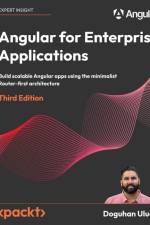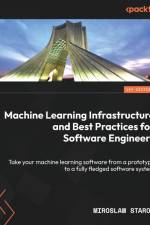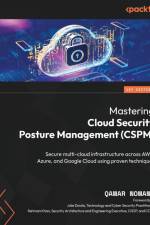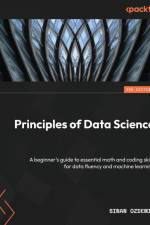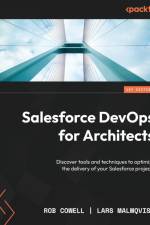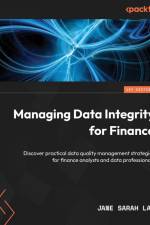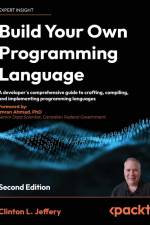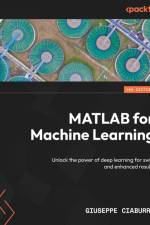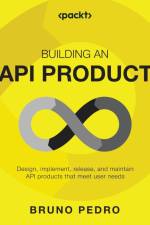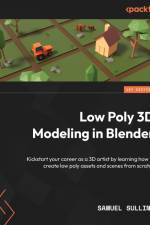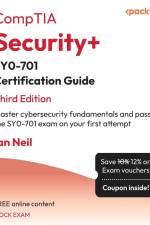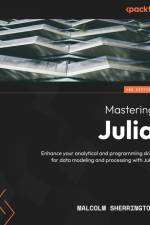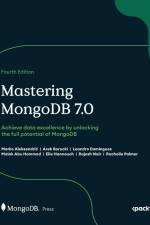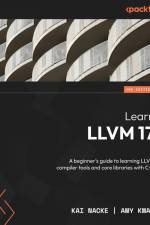av Emmanouil Gkatziouras
605
Gain hands-on skills in Kubernetes Secrets management, ensuring a comprehensive overview of the Secrets lifecycle and prioritizing adherence to regulatory standards and business sustainabilityKey FeaturesMaster Secrets encryption, encompassing complex life cycles, key rotation, access control, backup, and recoveryBuild your skills to audit Secrets consumption, troubleshoot, and optimize for efficiency and complianceLearn how to manage Secrets through real-world cases, strengthening your applications' security posturePurchase of the print or Kindle book includes a free PDF eBookBook DescriptionSecuring Secrets in containerized apps poses a significant challenge for Kubernetes IT professionals. This book tackles the critical task of safeguarding sensitive data, addressing the limitations of Kubernetes encryption, and establishing a robust Secrets management system for heightened security for Kubernetes.Starting with the fundamental Kubernetes architecture principles and how they apply to the design of Secrets management, this book delves into advanced Kubernetes concepts such as hands-on security, compliance, risk mitigation, disaster recovery, and backup strategies. With the help of practical, real-world guidance, you'll learn how to mitigate risks and establish robust Secrets management as you explore different types of external secret stores, configure them in Kubernetes, and integrate them with existing Secrets management solutions.Further, you'll design, implement, and operate a secure method of managing sensitive payload by leveraging real use cases in an iterative process to enhance skills, practices, and analytical thinking, progressively strengthening the security posture with each solution.By the end of this book, you'll have a rock-solid Secrets management solution to run your business-critical applications in a hybrid multi-cloud scenario, addressing operational risks, compliance, and controls.What you will learnExplore Kubernetes Secrets, related API objects, and CRUD operationsUnderstand the Kubernetes Secrets limitations, attack vectors, and mitigation strategiesExplore encryption at rest and external secret storesBuild and operate a production-grade solution with a focus on business continuityIntegrate a Secrets Management solution in your CI/CD pipelinesConduct continuous assessments of the risks and vulnerabilities for each solutionDraw insights from use cases implemented by large organizationsGain an overview of the latest and upcoming Secrets management trendsWho this book is forThis handbook is a comprehensive reference for IT professionals to design, implement, operate, and audit Secrets in applications and platforms running on Kubernetes. For developer, platform, and security teams experienced with containers, this Secrets management guide offers a progressive path-from foundations to implementation-with a security-first mindset. You'll also find this book useful if you work with hybrid multi-cloud Kubernetes platforms for organizations concerned with governance and compliance requirements.Table of ContentsUnderstanding Kubernetes Secret ManagementWalking through Kubernetes Secret Management ConceptsEncrypting secrets in transit and at restDebugging and Troubleshooting Kubernetes SecretsSecurity, Auditing and ComplianceDisaster Recovery and BackupsChallenges and Risk for Managing Secrets in Kubernetes Production EnvironmentExploring Secret Storage on AWSExploring Secret Storage on Azure(N.B. Please use the Look Inside option to see further chapters)



